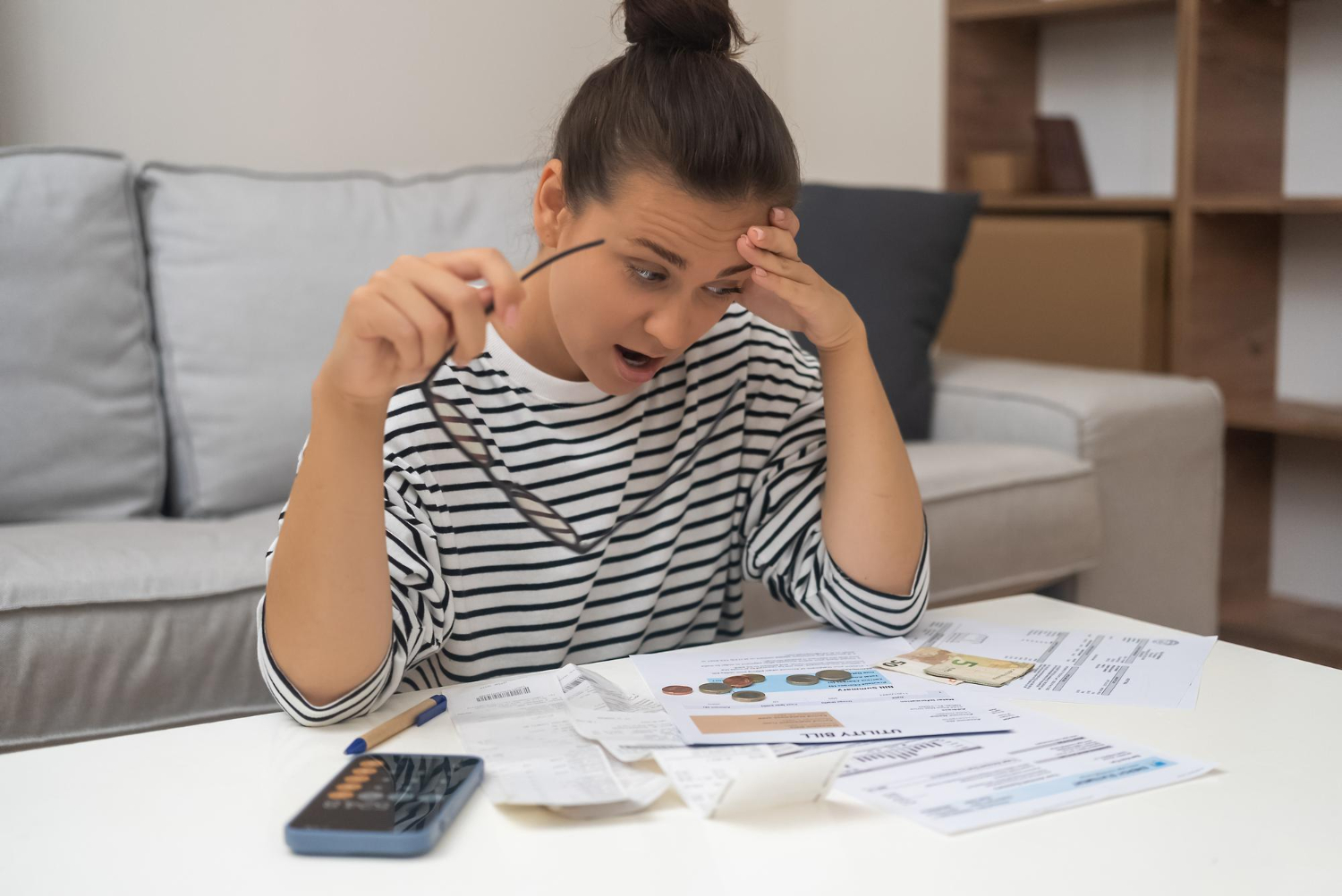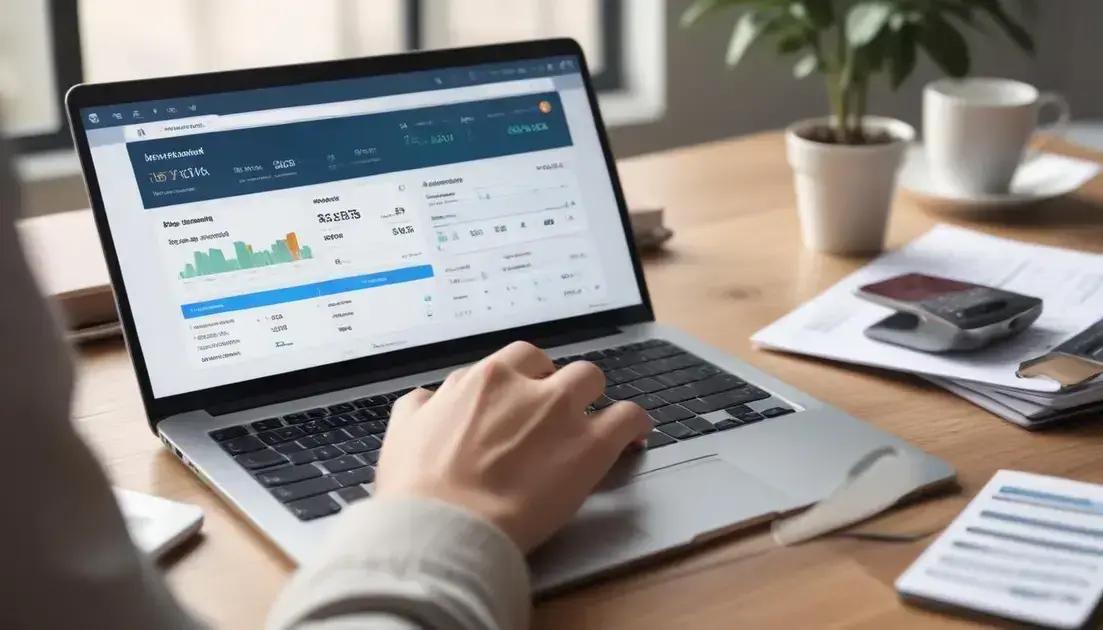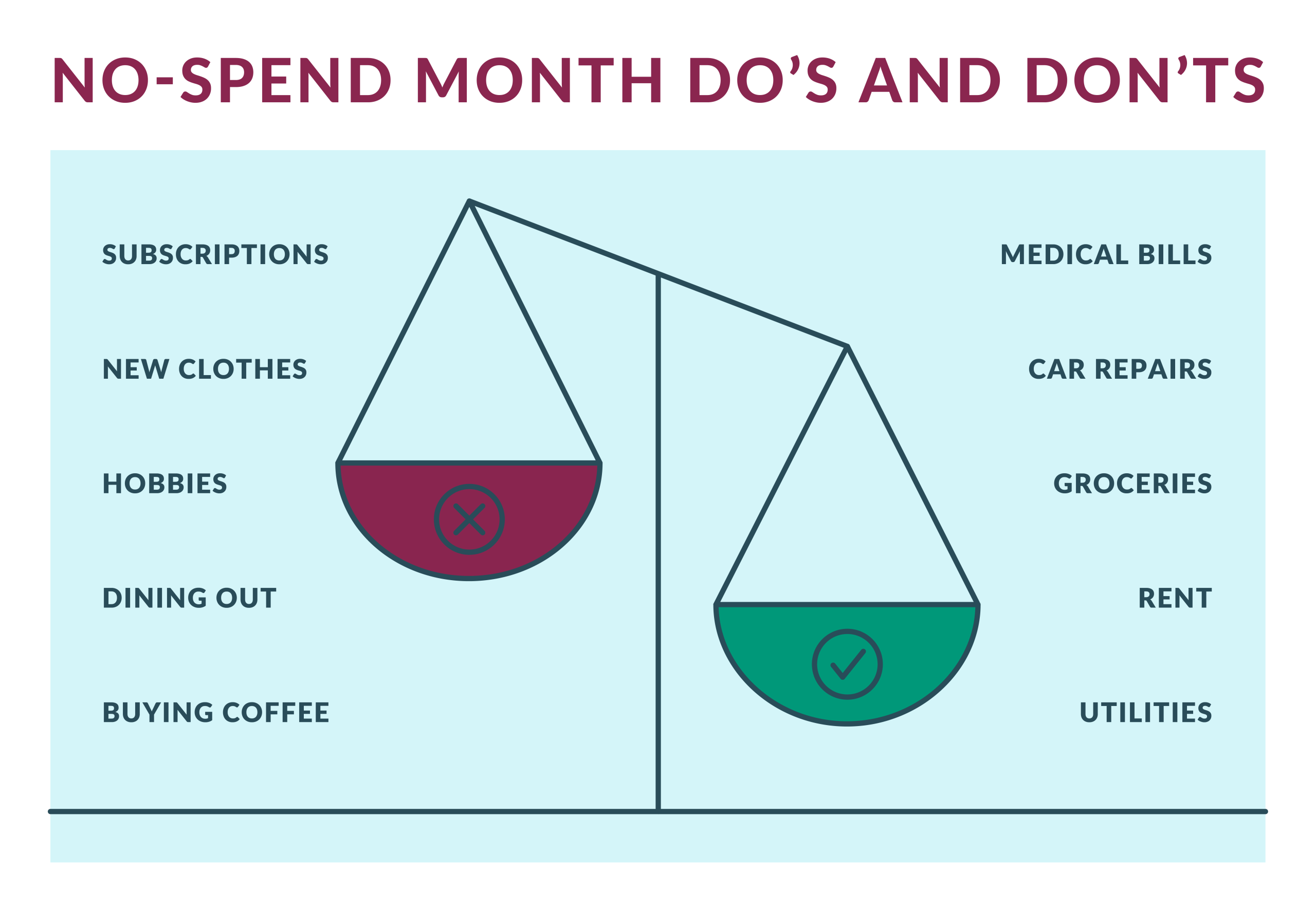Anúncios
In the era of fast consumption and financial conveniences, the credit card has become a powerful ally for many, offering convenience and flexibility in purchases.
However, its irresponsible use can lead to a worrying situation: accumulated debt. Credit card debt is a common challenge faced by many consumers, and dealing with it can seem daunting.
In this article, we’ll explore how to pay off credit card debt with practical tips. Keep reading and check it out!
How to pay off credit card debt?
There is a large portion of the population that has credit card debt and doesn’t know how to pay it off.
Therefore, we’ll bring the best tips for you to get some clarity and better manage your credit. Here’s how to pay off credit card debt:
Understand the debt and how to pay it off
Before starting to develop a plan to pay off credit card debt, it’s essential to fully understand the situation.
This includes analyzing the outstanding balances, interest rates, payment terms, and any other conditions associated with the card.
By having a clear understanding of the debt, it’s possible to create an effective strategy to eliminate it.
Get to know the debt avalanche method
The debt avalanche method is a strategic approach to paying off debt, including credit card debt.
Unlike the snowball method, which prioritizes paying off smaller debts first, the avalanche method focuses on paying off debts with the highest interest rates first. It works as follows:
- List your debts: Start by listing all your debts, including the outstanding balance and the associated interest rate for each of them.
- Prioritize the debts: Arrange your debts from the highest to the lowest interest rate. The debt with the highest interest rate will be your number one priority.
- Pay the minimum on all debts: Make sure to pay the minimum amount on all your debts to avoid penalties and worsening the situation.
- Allocate extra resources to the priority debt: Apply any additional resources you can spare to pay off the debt with the highest interest rate. This will reduce the principal balance more quickly and decrease interest charges over time.
- Repeat the process: Once the first debt is paid off, redirect the extra resources to the next debt on the list, keeping the focus on those with the highest interest rates.
The debt avalanche method is effective because it helps minimize total interest costs over time, saving money and accelerating the debt payoff process.
However, it requires discipline and commitment to be successful.
Get to know the snowball method
The snowball method is a popular and effective strategy for paying off debt, including credit card debt.
It stands out for its motivational approach, which prioritizes paying off smaller debts first, regardless of interest rates. Here’s how it works:
- List your debts: Start by listing all your debts, from the smallest to the largest, including the outstanding balance of each.
- Order the debts: Arrange your debts in ascending order of outstanding balance, from the smallest to the largest. Ignore interest rates at this time.
- Pay the minimum on all debts: Make sure to pay the minimum on all your debts to avoid penalties.
- Allocate extra resources to the smallest debt: Apply any additional resources you can spare to pay off the debt with the smallest outstanding balance. Focus on paying off this debt as quickly as possible while continuing to pay the minimum on the others.
- Celebrate debt payoff: Once the first debt is paid off, celebrate the progress made. This can increase your motivation to continue the process.
- Repeat the process: After paying off the first debt, redirect the extra resources to the next debt on the list, keeping the focus on the smaller debts first. Repeat this process until you’ve paid off all your debts.
The snowball method is effective because it creates a psychological momentum as you eliminate each debt, increasing your motivation to continue the process.
Although you may pay slightly more in interest in the long run compared to the avalanche method, many people find that the sense of progress and achievement outweighs this difference.
Reduce and control spending
A fundamental part of the process of paying off credit card debt is to reduce and control spending.
This may mean making adjustments to your lifestyle, cutting unnecessary expenses, or even seeking ways to increase your income.
Creating a detailed budget and sticking to it is essential for controlling your spending and directing more resources toward paying off credit card debt.
Additionally, avoiding new impulsive purchases and prioritizing needs over wants can help speed up the debt payoff process.
Pay more than the minimum
When it comes to paying off credit card debt, paying only the minimum amount can prolong the process and result in a significantly higher total cost due to accumulated interest.
Therefore, whenever possible, it’s advisable to pay more than the minimum required.
Allocating an additional amount beyond the minimum payment helps reduce the principal balance more quickly, which, in turn, decreases interest charges and accelerates the debt payoff process.
Try debt consolidation
Consolidating credit card debt can be a useful strategy to simplify payments and potentially reduce interest charges.
This involves transferring the balance from multiple credit card accounts to a single account, often with a lower interest rate.
By consolidating debt, you can streamline payment management and, in some cases, save money on interest.
However, it’s important to research and compare available options to ensure that consolidation is truly advantageous for your financial situation.
By putting these tips into practice, you can decrease your credit card debt. Follow the steps to make it simpler.
And find more tips by browsing the page!






